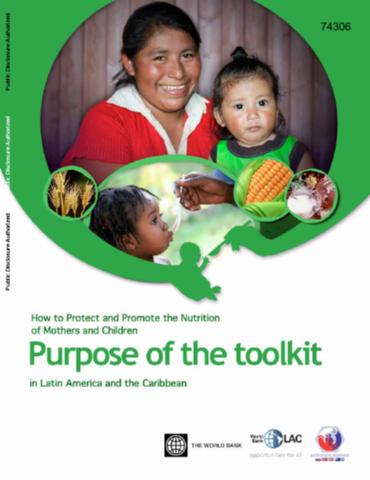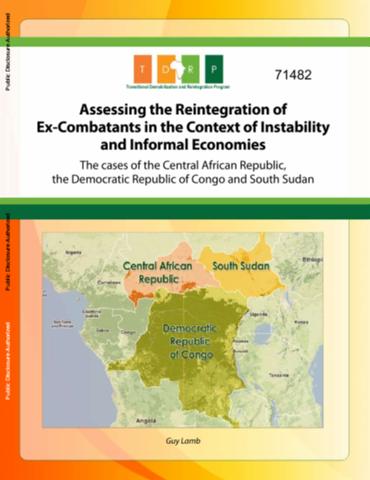Agricultural value chains and commercial transition in Quang Binh Province, Vietnam
The transition to commercial agriculture is investigated in two communes from three ecological zones (mountain, plains, coastal) in Quang Binh Province, Vietnam. Field investigations were undertaken in late 2006 - early 2007 and again in 2008. One commune in each zone had good road infrastructure and associated market access, while the other had poor road access and was more distant from the market. Two rural households were selected from poor, medium and high wealth categories in each commune, providing 36 case households.








